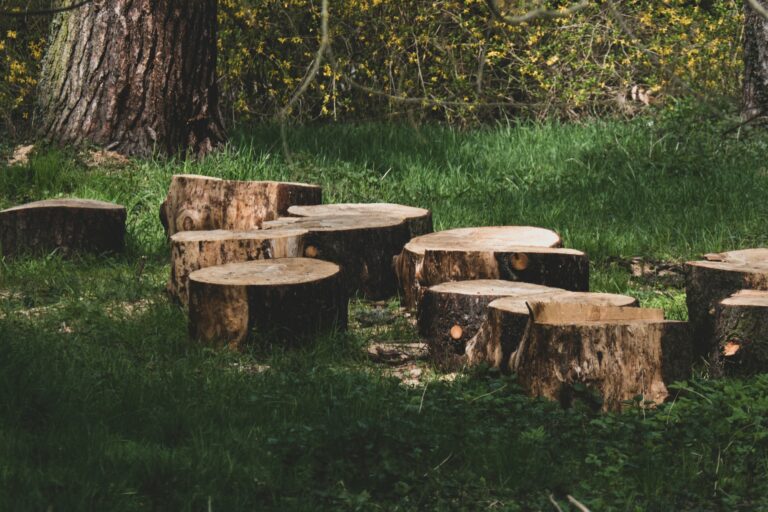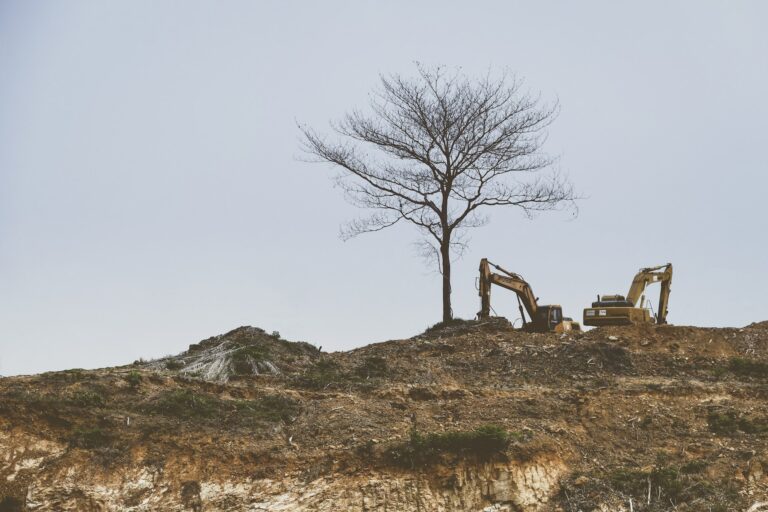Exploring the Ecological Consequences of Tree Removals
Tree removal, whether for commercial or residential purposes, significantly impacts the environment. As trees play an essential role in the ecosystem, their removal can lead to various ecological consequences. This article will explain the environmental impact of tree removal and why alternative tree-cutting solutions are worth considering.
Carbon Sequestration
Through the process of photosynthesis, trees absorb carbon dioxide from the atmosphere, converting it into oxygen and organic matter. When trees are removed, this process is disrupted, and the carbon stored in the tree is released back into the atmosphere. As a result, deforestation and tree removal contribute significantly to increased atmospheric carbon dioxide levels, further exacerbating global warming.
Soil Erosion
When trees are removed, the roots anchoring the soil in place are also removed. This makes the ground susceptible to erosion by wind and water. Soil erosion can have serious consequences, including reduced fertility, water pollution, and damage to infrastructure. It may result in more sedimentation in rivers and streams, which harms aquatic ecosystems.
Loss of Biodiversity
Trees provide habitat, food, and shelter for a wide range of animals, including birds, insects, and mammals. When trees are removed, the biodiversity of the area is greatly impacted. The loss of trees can lead to the displacement or extinction of species that rely on them for survival. The removal of large trees can also affect the local climate, as they provide shade and help regulate temperature and humidity levels.
Impact on Human Health
As natural air filters, trees play a vital role in improving air quality by absorbing pollutants and releasing oxygen. The loss of trees can lead to increased air pollution, which can negatively affect human health, especially for those with respiratory problems. Trees also help regulate temperature and reduce the heat island effect in urban areas, which can have a positive impact on human health by lowering the risk of heat-related illnesses.
Alternatives to Tree Removal
While tree removal may sometimes be necessary, there are alternatives that can be explored first. These include:
- Pruning and Trimming: Proper pruning and trimming can help rejuvenate a tree and address safety concerns.
- Transplanting: If a tree needs to be moved for construction or other reasons, it can be transplanted to a new place.
- Cable and Bracing: This technique can help support a tree with weak or damaged branches, allowing it to continue to grow and thrive as time goes by.
- Pest and Disease Management: Addressing pest and disease issues can help save a tree from removal.
- Planting New Trees: Trees can help offset the loss of trees and provide many of the same benefits. Choose native species that are well-suited to the climate and soil conditions in the area.
Key Takeaway
Getting rid of trees can have significant ecological consequences, including soil erosion, loss of habitat for wildlife, reduced air quality, and decreased aesthetic appeal. Consider alternative tree-cutting solutions, like pruning, transplanting, or using alternative landscaping methods. With a thoughtful approach to tree removal, you can minimize the environmental impact and preserve the benefits trees provide to the ecosystem.
At Niwaki Tree Services, we pride ourselves on providing the most affordable tree care services in Rock Hill, SC, and surrounding areas. Our certified arborists are trained to assess the health and safety of trees and provide expert recommendations on the best course of action. Request a free quote today to learn more.




